Tag: spine

Is Spinal Flexion Bad? – Movement Debrief Episode 110
Movement Debrief Episode 110 is in the books. Below is a copy of the video for your viewing pleasure, and…

Top 10 Posts of 2019
At the end of each year, I like to see what you beautiful…sexy…outstanding people liked. What the fam….recognized (fam). This…

Top 10 Debriefs of 2019
At the end of each year, I like to see what you beautiful…sexy…outstanding people liked. What the fam….recognized (fam). I…
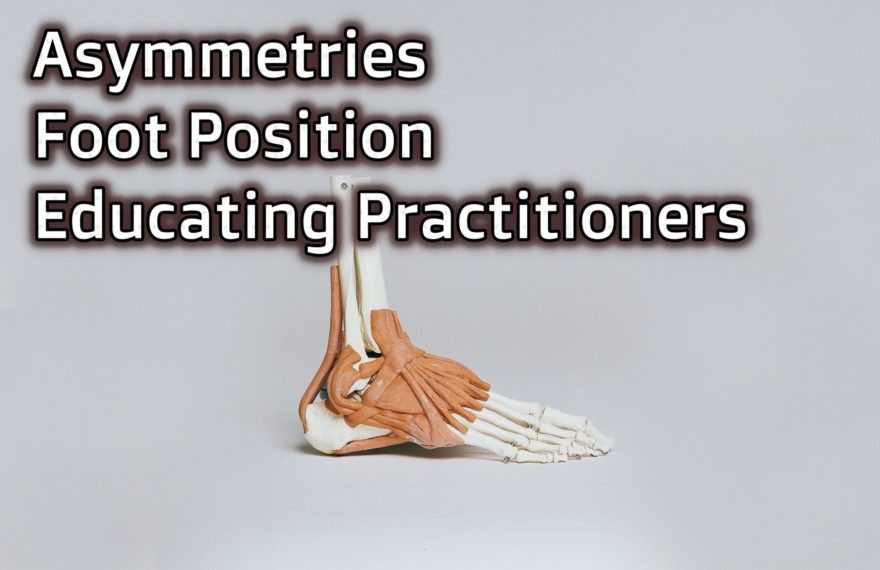
Asymmetries, Foot Position, and Educating Practitioners – Movement Debrief Episode 105
Movement Debrief Episode 105 is in the books. Below is a copy of the video for your viewing pleasure, and…
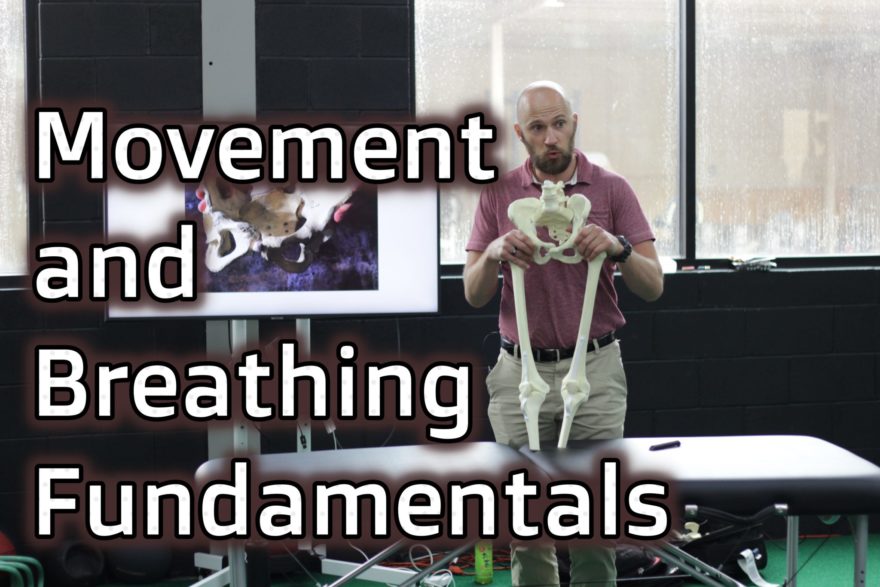
Movement and Breathing Fundamentals
Choosing movements that are best for a client requires knowledge of basic biomechanics. That includes the biomechanics of respiration. Yet…
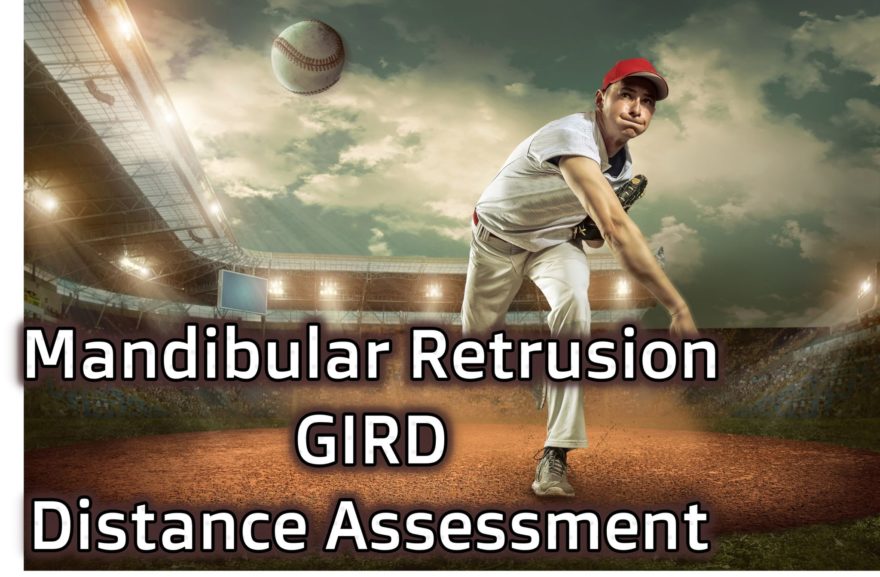
Mandibular Retrusion, GIRD, and Distance Assessment – Movement Debrief Episode 85
Movement Debrief Episode 85 is in the books. Below is a copy of the video for your viewing pleasure, and…
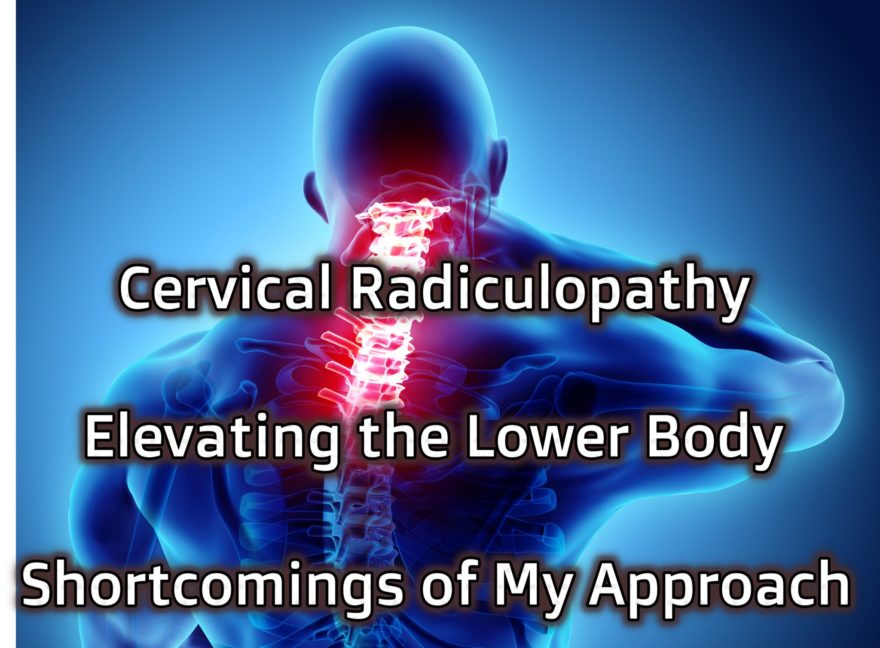
Cervical Radiculopathy, Lower Body Elevation, and Shortcomings of My Approach – Movement Debrief Episode 82
Movement Debrief Episode 82 is in the books. Below is a copy of the video for your viewing pleasure, and…
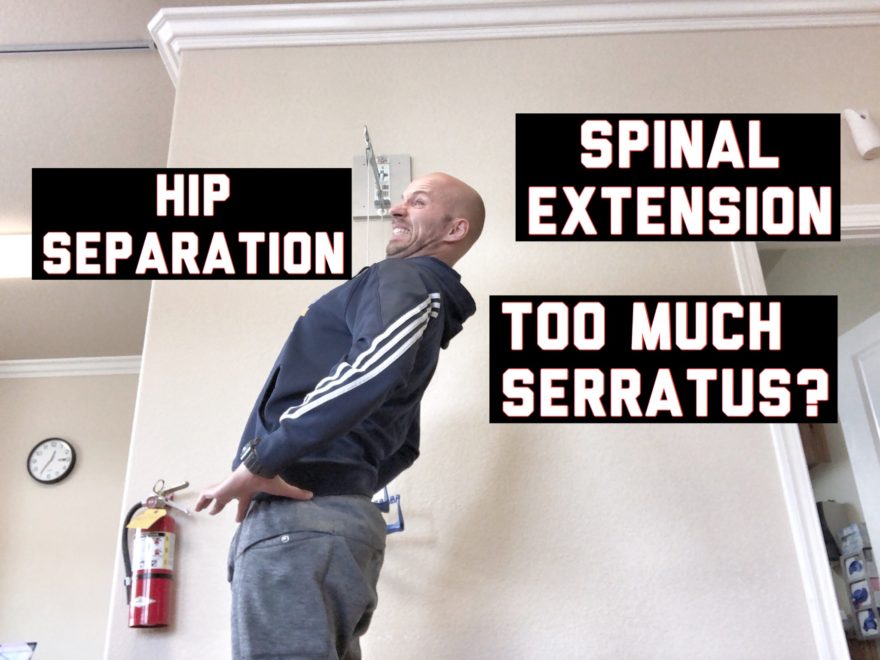
Hip Separation, Spinal Extension, and Too Much Serratus? Movement Debrief Episode 67
Movement Debrief Episode 67 is in the books. Below is a copy of the video for your viewing pleasure, and…

Breathing Mechanics 101 Preview
Below is a preview of a talk I gave in Costa Rica all about ribcage and respiratory mechanics. It’s a…
The Post Wonderful Time of the Year: Top Posts of 2013
The Best…Around Time is fun when you are having flies. It seems like just yesterday that I started up this…
Chapter 9: Cervical Spine
This is a Chapter 9 summary of “Clinical Neurodynamics” by Michael Shacklock. Physical Exam The key tests you will want…
The Sensitive Nervous System Chapter XV: Clinical Aspects of Neurodynamics
This is a summary of chapter XV of “The Sensitive Nervous System” by David Butler. Intro In this chapter we…
